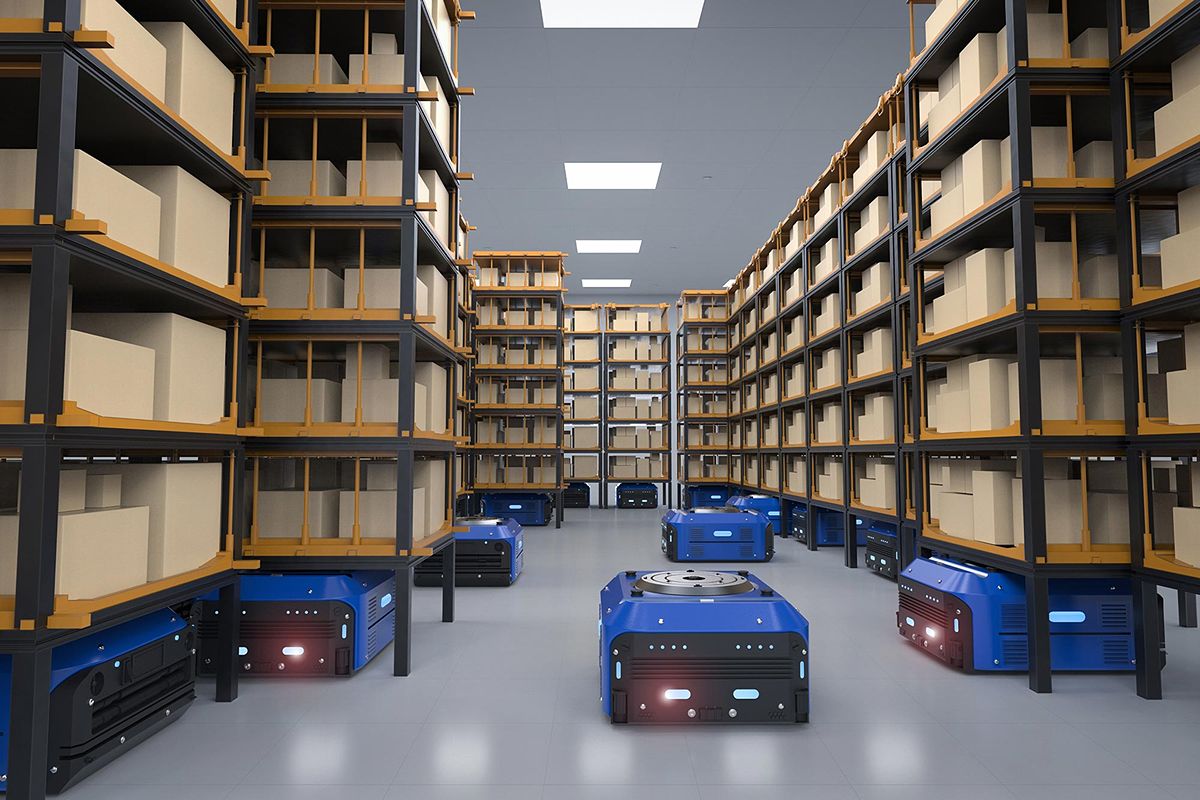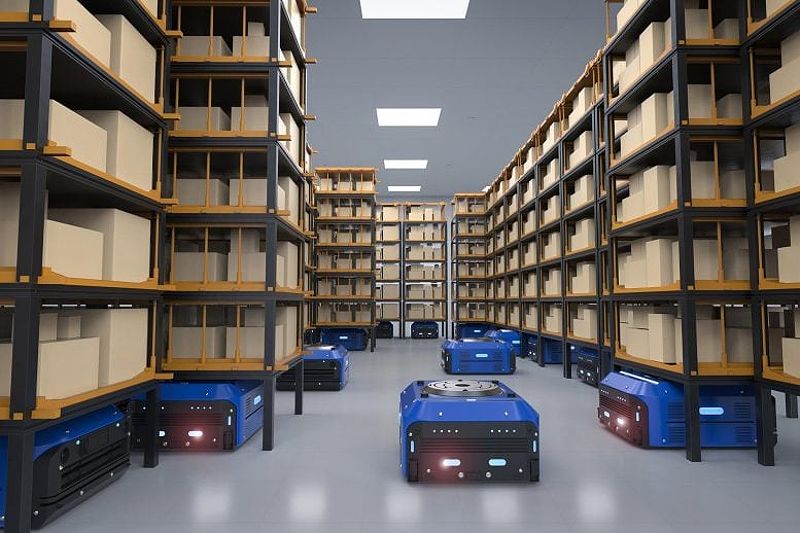Researchers from MIT have developed an AI-driven solution using deep learning to optimize robot traffic in warehouses, improving efficiency and reducing congestion. By dividing robots into groups and utilizing a cutting-edge neural network architecture, they achieved up to four times faster decongestion compared to traditional methods.
Optimizing Robot Traffic in Warehouses Using AI-Driven Deep Learning
As the demand for fast and efficient order fulfillment continues to rise in industries like e-commerce and manufacturing, warehouses are increasingly relying on robotic systems to streamline their operations. However, managing the movement of hundreds of robots within a warehouse while preventing collisions poses a significant challenge. To address this problem, researchers from MIT have leveraged artificial intelligence (AI) and deep learning techniques to optimize robot traffic in warehouses.
The MIT researchers, specializing in mitigating traffic congestion using AI, have adapted their knowledge to tackle the problem of coordinating multiple robots in a warehouse setting. By breaking down the complex issue into smaller components, they developed a deep-learning model capable of identifying optimal areas within the warehouse to alleviate congestion and enhance overall efficiency.
Applying Traffic Congestion Solutions to Warehouses
To expedite the decongestion process, the researchers divided the robots into smaller groups. By utilizing traditional algorithms designed for coordinating robots, these smaller groups could be decongested more rapidly. This approach proved to be nearly four times faster than a random search method.
The team at MIT developed a novel neural network architecture suitable for real-time operations within large and complex warehouses. This architecture effectively encodes crucial information about the robots, including their trajectories, origins, destinations, and relationships with other robots. It accomplishes this in an efficient manner, reusing computation across groups of robots.
Improving Replanning Efficiency
Similar to cars navigating a crowded city center, robots in a warehouse must avoid collisions while efficiently reaching their destinations. Traditional search-based algorithms struggle to keep up with the rapid pace of replanning required in online warehouse operations. To address this, the researchers employed machine learning to focus replanning efforts on the most congested areas, thus reducing total travel time for the robots.
The neural network developed by the researchers can reason about groups of robots efficiently by capturing complex relationships that exist between individual robots. By encoding constraints only once, rather than repeating the process for each subproblem, the computation is streamlined. This approach also takes advantage of shared information across robot groups, further enhancing efficiency.
Promising Results and Future Directions
The researchers tested their technique in various simulated environments, including warehouse setups, settings with random obstacles, and maze-like structures resembling building interiors. Their learning-based approach consistently decongested the warehouse up to four times faster than non-learning-based approaches. Even with the additional computational overhead of running the neural network, the researchers achieved a 3.5 times faster solution.
In the future, the team aims to derive simple, rule-based insights from their neural model to improve interpretability and ease of implementation. These insights could enhance the practicality and maintenance of the system in actual robotic warehouse settings.
Conclusion
The integration of AI and deep learning techniques in warehouse operations holds immense potential for optimizing robot traffic and improving overall efficiency. The MIT researchers' innovative approach demonstrates how breaking down complex problems and leveraging neural networks can revolutionize the coordination of multiple robots within warehouses. As the demand for fast order fulfillment continues to grow, these advancements will play a crucial role in meeting customer expectations and enhancing supply chain operations.


